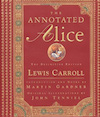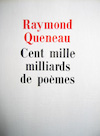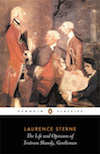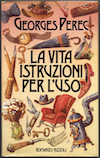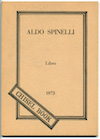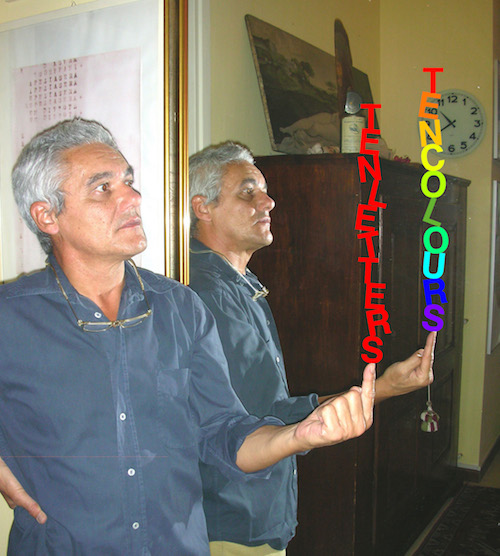
Who are you, and what do you do?
I’m aldo spinelli (small letters, please) and I like to define myself as a tumbler holding on words to play with art and making art while playing. I've been able to whirl between these two sides proposing the aesthetic aspect in international museums and art galleries and the playful attitude in magazines, books and encyclopaedias, radio and television programs. Therefore, I’ve written books about games but above all I've played with books creating many works of art shaped like a volume. I collect collections among which the most interesting I think is that one about games realized by artists (jigsaw puzzles, playing cards and dice).
What books have influenced you the most?
I read Alice's Adventures in Wonderland and Through the Looking-Glass when I was already an adult. The footnotes and comments by Martin Gardner made me find out the convoluted maze appearing in the words when they play between shape and meaning. It's wonderful to get lost in Alice's world and find out, every time I read it, something hidden beyond the surface and the superficiality of the mirror. Reflecting on reflection. From that time I’ve been collecting different editions of the book written in Italian and in several languages such as Alicia in terra mirabili in Latin.
You don’t need to read a book to be influenced by it, as in this case because I’m not keen on poetry, I know French language quite a little, and above all I find very hard to read this book entirely. Cent mille milliards de poèmes is not a random book title because the 10 sonnets inside it have their 14 verses printed on paper strips in order to place them in 10^14 different ways, one hundred thousand billion ways indeed. Its reading is as hard as writing each of the 140 lines respecting metrics and rhymes. A real tour de force foreseeing of some decades what we have later called “hypertext”.
When I came across The Life and Opinions of Tristram Shandy, Gentleman, by Laurence Sterne, I realized that the book that could be the first example of a coming-of-age novel got so lost in the redundancy of information to become a meta-fiction, a novel raised to the nth in order to advantage the digressions tangled twist. Each living moment requires much more time to tell it, that’s why the novel pages would tend to be endless...
Complete, delimited and circumscribed in a board of ten x ten boxes and with chapters that proceed fluently, is Life A User’s Manual (La vie mode d’emploi) by Georges Perec. Many plots, many jigsaw puzzle tiles maybe but not completely assembled altogether just at the end of the last line. My small knowledge of the French language didn’t allow me to read it in its original version, much more full of traps and references than the Italian version, very rough. For me it is not a simple novel but “the” novel, that inspired me for my works of art. For example, choosing 99 lines and, after have cut them in their typographical entirety, set them up in columns in order to write a new text as mine even though I didn’t write a single word of it.
What book would you like to write?
The book I’d like writing... I already wrote it 41 years ago. Its title is Libro (Book) and is just a collection of the whole story of the same book: from the publisher proposal to its evolution during the printing process, from the thorough and comprehensive description of its morphology (its dimensions, its weight, how much ink has been used, etc.) to the calculation of how many words and specific letters have been printed. Anyway, if it’s true that a writer tells always the same story even though in different ways, I’d like repeating and living this experience with a new book, with same intentions but different from the previous one. But my real wish, impossible to come true, would be concluding my book with the comments of whoever has read it...
